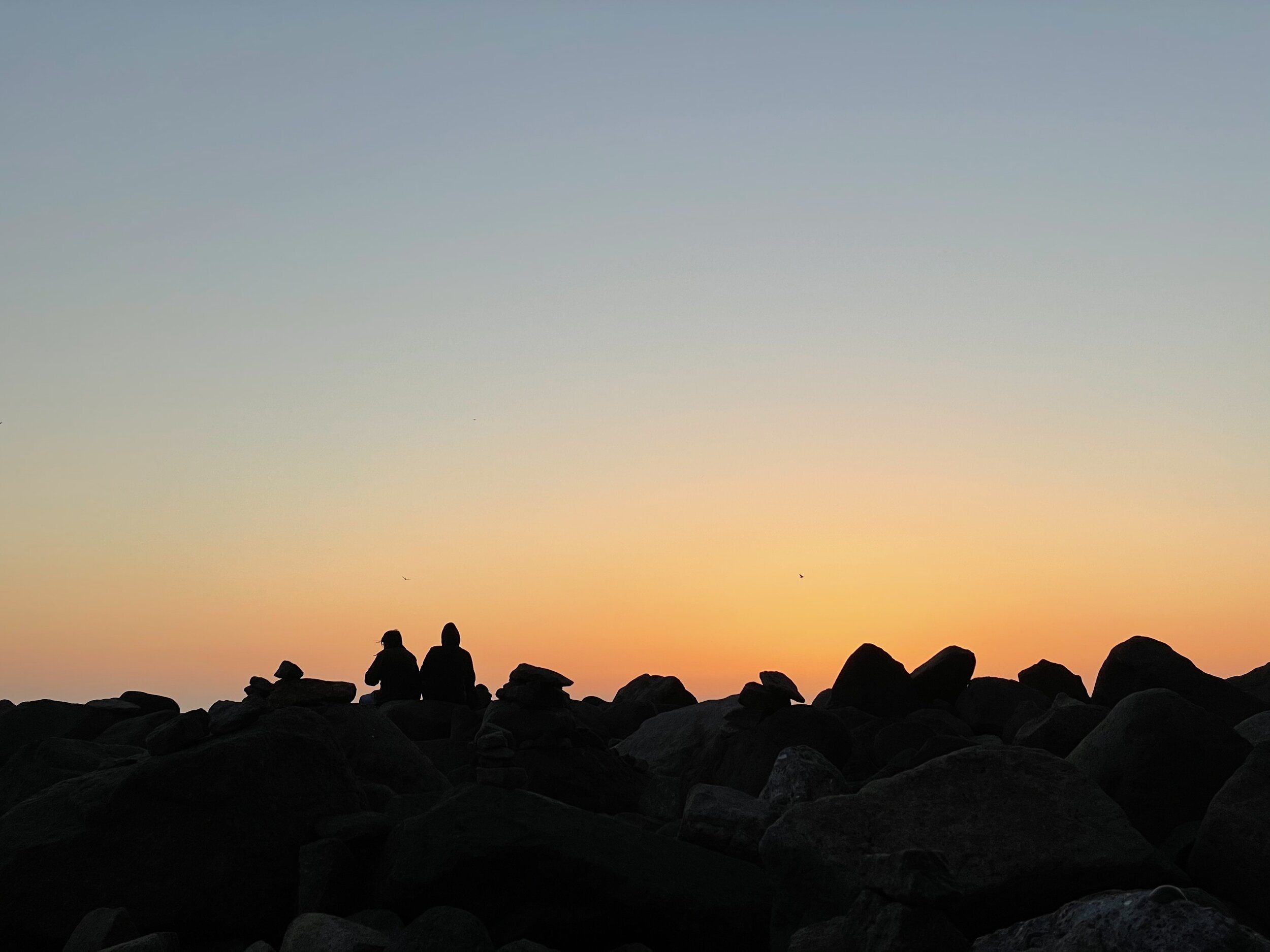In my last blog post, I talked about finding the places in your life where you feel like a victim.
Once you’ve done that, now it’s time to take 100% responsibility for those areas (and your life in general).
““You can have your excuses, or you can have your success,
but you can’t have both.””
Taking 100% responsibility eliminates external reasons for why you have not or will not succeed. It eliminates all the BS and stories that we create as excuses for why we don’t have what we want.
It overrides any external circumstances from being a blocker from what you want.
At its most basic, it means you take on figuring out what’s preventing you from having what you want… and you experiment with ways to change it. Whether we’re talking about happiness, success, financial stability, addictions, relationship, eating problem, time issues, money issues, even past trauma.
You might not get it right on the first try so I really mean it when I say experiment.
And sometimes in between experiments you might have to figure out how to be in the situation that you’re in and increase your tolerance or ability to stay centered and aligned while it’s still happening.
I also want to be clear you do not have to do it alone.
That is one of the biggest myths our Western culture foists onto us. If you think about any top athlete or top tier performer, they have a team of people supporting them and evoking their best.
100% Responsibility means that rather than feeling blocked or spinning out when challenging emotions and situations occur, you take a look at the situation (maybe solo or with a friend, therapist, or coach) and you start to figure out what gets to change in order to put you on the path towards what you want.
Nothing external gets to be a blocker - they become more like obstacles on an obstacle course. Something to be vaulted over, swam through, crawled around or avoided completely.
Practically speaking what does this look like?
If your relationship isn’t doing well, determining if you need to develop new habits or skills or if you actually just need to break up and move on.
If your financial situation is challenged, do you want to ask for a raise? Get another job? Pick up a side hustle? Start taking classes to head down a new career.
If your health isn’t great, how can you create more time to move your body? Can you sign up for a meal service? Or use tools like Mealime to Meal plan and take cooking classes?
If your family is an issue, can you share the challenge with them? Can you set boundaries with them or start to shape interactions more deliberately. In harder situations, do you need to break off communication in order to maintain peace of mind?
If you do something and it doesn’t work, you get to do something else.
Experiment with different techniques and approaches until you find what does work.
At some (many) points this might not be easy.
In order to prioritize exercise, sometimes I’ve had to get up at 5am, well before my toddler or wife might need something from me.
In order to prioritize reading and learning new business techniques, I made the decision to invest $30,000 in coaching (more than I’ve spent on ANYTHING).
In order to prioritize my personal coaching business I gave up a 6-figure paycheck to experiment with doing what I love full time.
““You don’t have to be perfect to start, but you have to start to be perfect.””
Taking 100% responsibility starts the cycle of exiting victimhood into your own personal power. This is the beginning step that produces everything after it.













